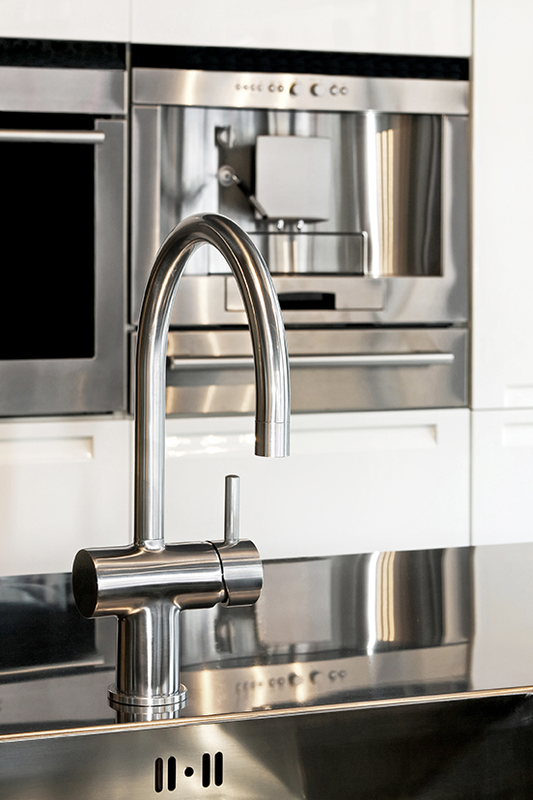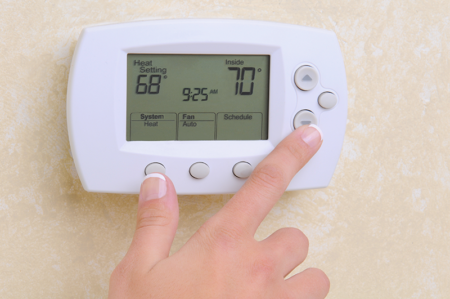If you’re like many first-time homeowners, you may be watching your pennies by using the same cleaner on all your countertops, stainless appliances, porcelain sinks and tubs and other fixtures. But you can easily strip finishes, set stains and make other mistakes by using the wrong product. Here are some inexpensive and proven old-fashioned solutions for cleaning your surfaces.
A gentle diluted dishwashing liquid or soap and water will clean anything well, including wood cabinets. Just be sure to rinse and dry the surface with a soft cloth to prevent streaking. Don’t use bleach, glass cleaner, or abrasive cleansers on any countertop. Use cutting boards, spoon rests, and trivets to protect your surfaces from accidental knife cuts, stubborn food stains, and heat damage from pots and pans.
Countertops – For granite, quartz, soapstone and marble countertops, don’t use acidic (lemon, ammonia) or abrasive cleaners, bleach or glass cleaner. To attack stains, make a paste with baking soda and warm water. Apply and let it sit for five or 10 minutes, then rub the paste gently into the stain. Gently rub in a little mineral oil occasionally to make the finishes last longer.
Stainless appliances – Soap and water work best. After drying with a soft dishcloth, apply a little mineral oil to cut down on streaking and fingerprints.
Porcelain sinks and tubs – Bleach strips porcelain finishes, so use hydrogen peroxide or white vinegar to clean without scrubbing. For stubborn stains, use a little Naval Jelly and rinse thoroughly afterward.




